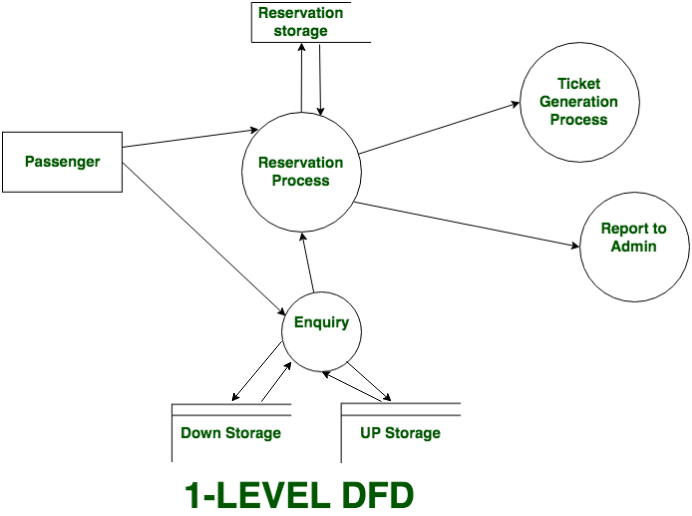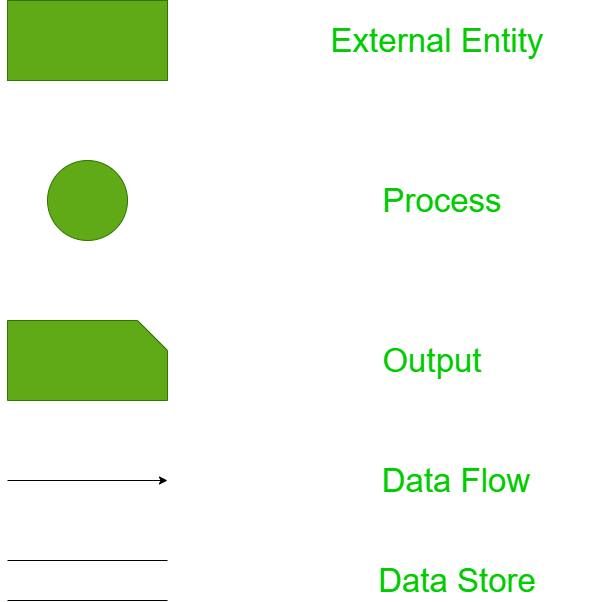
A data flow diagram will offer a simple way to accomplish that task.
Best dfd software to use software#
In Software Engineeringīefore developers get to the coding step, they have to carry out research on technical development. When users learn from the discovered inefficiencies, they can build a better data flow for their business. This is a result of the former appliance. Plus, the tool’s graphic and simple representation gives the audience a deeper level of understanding.Īside from business analysis, this method is also beneficial in re-engineering processes. In business, DFDs can be used to analyze since it breaks down the system and exposes flaws and bottlenecks. When Can You Use A DFD?Ī data flow diagram is a useful tool that is adaptable to many situations. Therefore, this diagram’s usage scope is wide both technical and non-technical people can acquire it. It shows the audience the contents with visual symbols, which are very to understand. That way, users can improve and refine their plan.Īnother main benefit of the tool is its layout. This tool shows you how your plan works and its limits by providing information on the system’s functions.

However, diving in too deep into the small details can complicate the tool, hindering communications and efficiency. The next level goes deeper into parts of the previous one by dividing them into smaller sub-processes, requiring more text to narrate the details thoroughly. It still describes the whole system but with emphasis on its main function and more sub-processes for easy digestion. Level 1 DFD is a more detailed level than the first one. It is designed to be straightforward so that a wide range of audiences can easily digest it. Users can digest the system as a high-level process with a broad overview when using a level 0 DFD. This level, known as the Context Level, zeroes in on the whole system and its connection to the external entities. Levels In A DFDĪ DFD can be divided into levels and layers, starting with level 0 thus, users can focus on describing a particular stage. Users will get the interface among the three components above by observing the system’s information path. A DFD shows this route by using arrows and succinct labels. Data Flowĭata flow is the direction that the information takes to pass from external entities to processes and stores. In business process diagrams, this component is in the form of two horizontal lines. A data store stays between two processes, receiving and sending the inputs and outputs. It can be files, documents, or a filing cabinet. Data Storeĭata store is a place that contains information for later use. It is labeled with a short and simple term that describes the whole process, such as “Submit payment”. A process can perform several functions, from carrying out computations, categorizing information based on logic, or using business rules to change the flow. The process is a procedure that makes changes to the information and its flow, resulting in new output.

Unlike other flowchart symbols, which are triangles, rectangles, or circles, a DFD uses stick-figure drawings to demonstrate external entities. External entities can either be a person, an organization, or a computer system. Thus, it is usually placed at the edge of the diagram. It acts as the source and the destination of the information. Components External EntityĪn external entity, also known as terminators, sources, sinks, or actors, is an outside process where information enters or leaves the system. They came up with the symbols and notations used in process flow diagrams. There are other people who contributed to developing this method, such as Tom DeMarco, Chris Gane, and Trish Sarson.

From there, its scope of usage expanded, especially in business circles. With the success of the structures design concept in the software engineering field, people began to acknowledge DFD as a useful tool. DFD was highlighted in the book “ Structured Design” by Ed Yourdon and Larry Constantine in the 1970s.


 0 kommentar(er)
0 kommentar(er)
